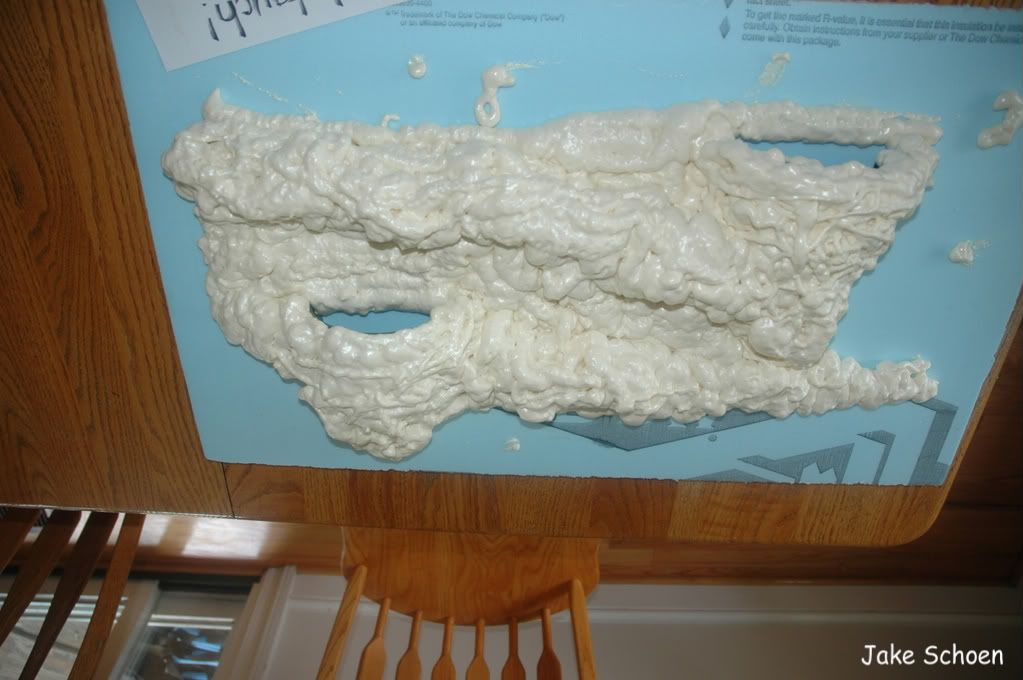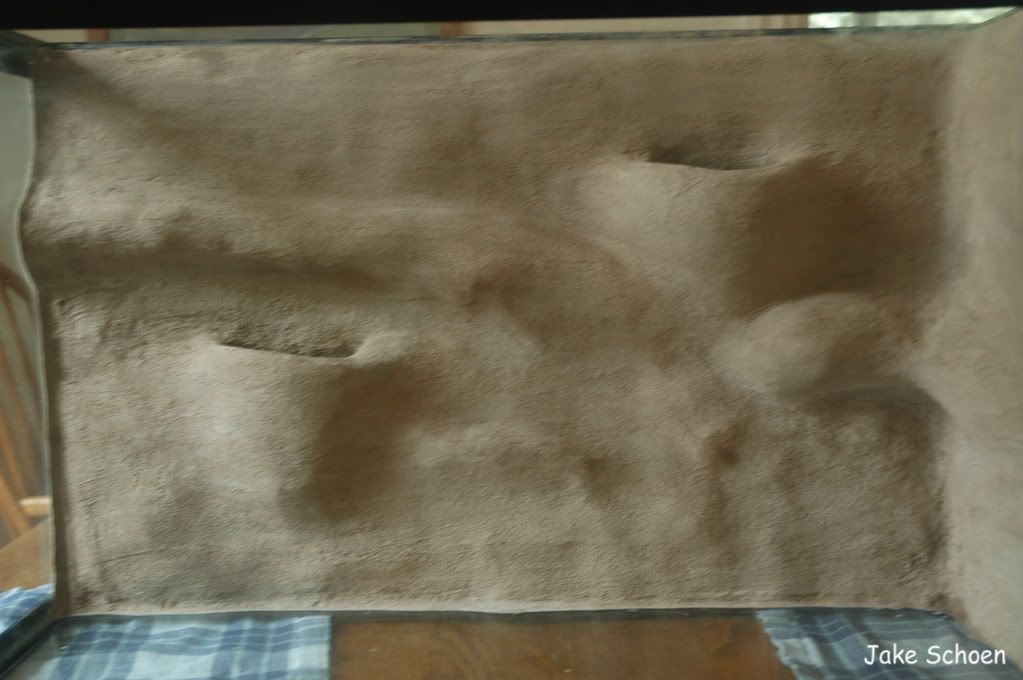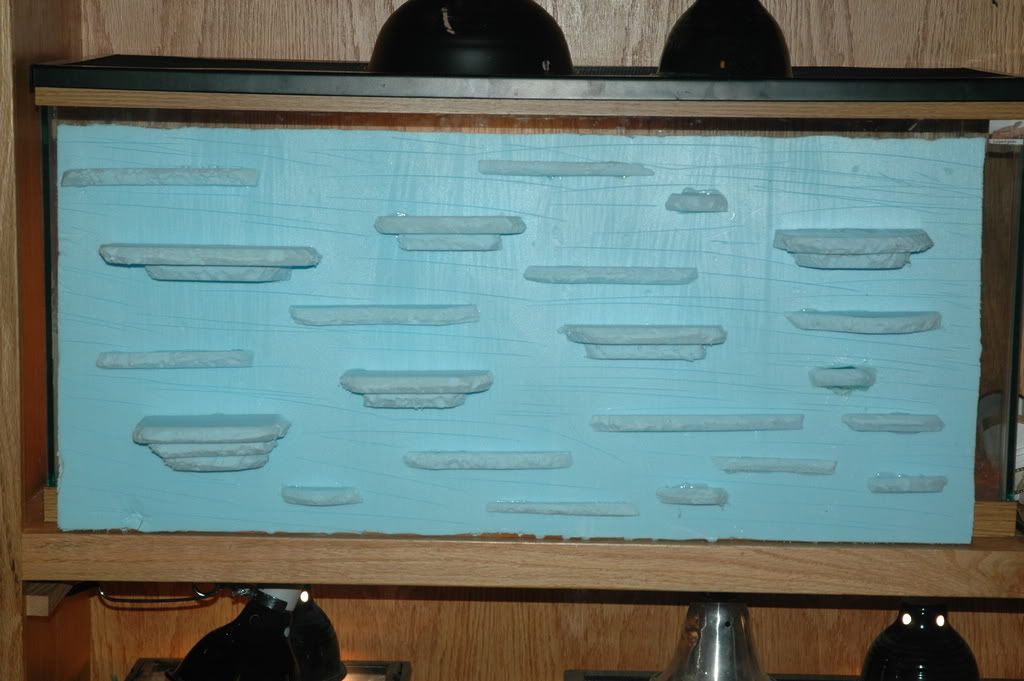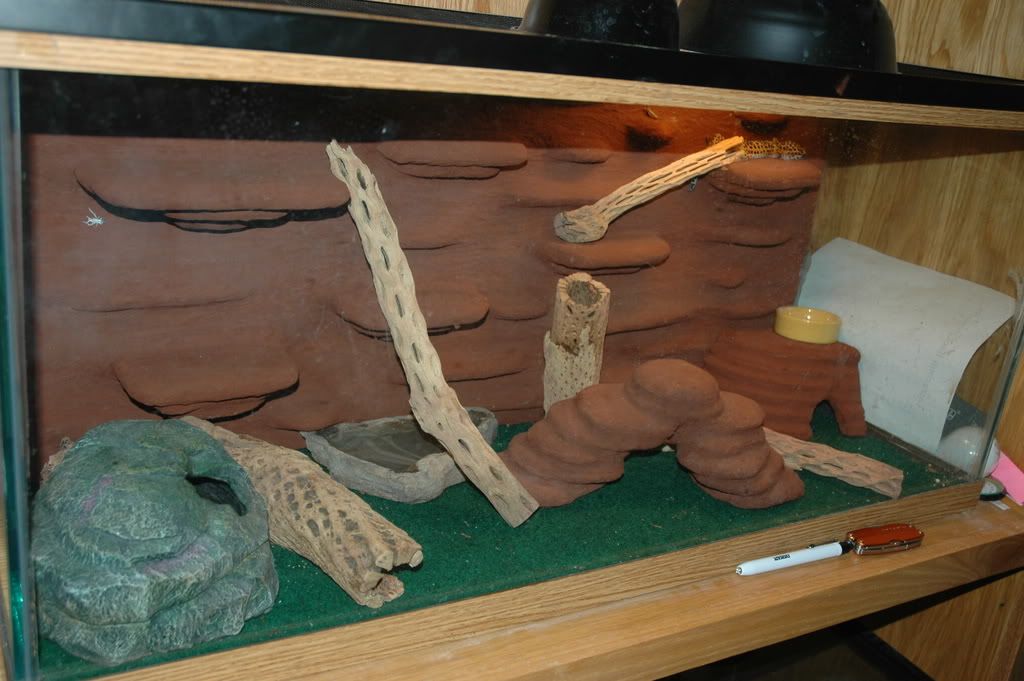In addition to my 75g riffle/slack water project, I plan to put together a 30g long paludarium intended to house a breeding pair of Three Striped Mud Turtles (Kinosternon baurii). There will be roughly 1/3 land, 1/3 3-5" water, 1/3 10" water. The setup is intended to replicate a muddy creek bank.
The land area will provide a haul out area for the turtles to bask, as well as an egg laying site for the female when they begin breeding. I will insert a glass divider to keep the substrate from being saturated, which would be unsuitable for egg laying. There will be a sand/topsoil substrate, covered with a thin layer of leaf litter. Moss and other native plants will be added, taking care to leave sufficient nesting space. I have decided to use a tropical moss species, because from what I have read, native mosses need a winter cooling period in order to thrive. I am open for any/all suggestions on native plants for the land section. I'm trying to create a truly native setup, so plants native to Florida, Georgia, Virginia, and the Carolinas (mud's natural range) are preferred.
The shallow water zone will provide an ideal hiding/foraging space for the hatchlings, as well as a refuge for killifish fry. Adult muds are often seen if very shallow water as well, so I wanted to be sure to offer this to them in captivity. The area will be planted with dwarf hairgrass (Eleocharis acicularis) as well as some emergent plants.
The deep water zone will have yet more plants (at this point, anacharis, hornwort, valisneria, etc). I also plan to add a surface plant, possibly duckweed. Both the shallow and deep water areas will have a kitty litter and sand substrate.
Now, with the basic plan described, I can get to my questions...
1) Would least killifish (Heterandria formosa) do okay in such a setup? I understand that the two species in consideration share the same range and habitat type. I know there will be some casualties, as in the past I have kept turtles with fish. Generally at first the turtles pick off quite a few, but after a few days the fish figure out how to stay just out of the turtles reach. Hatchlings should have an especially hard time nabbing fish. Also, three striped muds are one the the smallest species of turtles (3-4") and are relatively clumsy. I know the killies are livebearers and I'm hoping that they will be able to breed readily enough to keep up with any predation.
2) Recommendations for plants of any type (preferably that occur throughout their natural range) would be greatly welcomed. I'm interested in terrestrials, emergents, and aquatics.
3) Would natural clay (dug up in a wooded lot) hold its form well enough to create the "bank"? I would want it to slope up from the deep water to the shallows, and then again from the shallows to the land. Although I'd much prefer the previous method, I am also considering using the "great stuff" foam and tile grout method to create a fake clay wall. Wether real or fake, I plan to include substantial driftwood roots in the bank, to help the turtles easily surface, and to provide some structural support if I use real clay.
For those of you unfamiliar with foam and tile grout walls, below are a few rock walls that I built in the past for various reptile species in my collection. I'd use a clay colored grout if this is the route I take.





Thanks for your time!
-Jake







